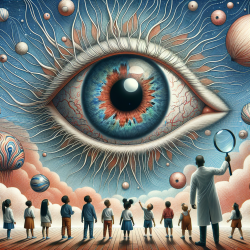Alexander Graham Bell is widely celebrated for his invention of the telephone, but did you know he was also a pioneer in speech therapy? His innovative methods, based on phonetics, have left a lasting impact on the field. Here's how you can incorporate his techniques into your practice and encourage further research.
Understanding Bell's Approach
Bell's methods were grounded in articulatory phonetics, utilizing his father's Visible Speech Alphabet to visually represent speech sounds. This alphabet helped students understand the placement of articulators during speech sound production.
Key Techniques to Implement
Here are some of Bell's methods that you can integrate into your practice:
- Phonetic Placement: Use visual aids to show the correct placement of articulators. This can help students visualize and correct their speech sounds.
- Hands-On Approach: Bell often used physical manipulation to teach articulation. For example, he would use a feather to demonstrate the "p†sound by showing how the lips must be blown apart.
- Kinesthetic Training: Incorporate kinesthetic training to help students feel the correct articulatory movements. This is particularly useful for those with apraxia of speech.
Encouraging Further Research
Bell's work is a treasure trove for modern speech therapists. Delving deeper into his methods can provide valuable insights and innovative techniques. Here are some areas for further research:
- Comparing the effectiveness of the Visible Speech Alphabet with the International Phonetic Alphabet (IPA).
- Exploring the use of physical manipulation in modern speech therapy.
- Investigating the application of Bell's methods in teaching individuals with hearing impairments.
Conclusion
Alexander Graham Bell's contributions to speech therapy are invaluable. By incorporating his phonetic-based methods, you can enhance your practice and help your students achieve better speech outcomes. To read the original research paper, please follow this link:
The Phonetically-based Speech Therapy Methods of Alexander Graham Bell.










